Spice Safari: Uncovering the Bold Flavors of African Cuisine
Welcome to a flavor-packed journey across the vibrant continent of Africa, where spices are not just seasonings — they’re cultural signatures, storytelling ingredients, and culinary magic in every bite. Whether you're a seasoned chef or a curious foodie, this guide will spice up your knowledge of African cuisine with practical tips, deep insights, and plenty of inspiration.
Table of Contents
- Introduction
- The Historical Roots of African Spices
- Key Spices That Define African Cuisine
- Regional Spice Traditions Across Africa
- Cooking with African Spices: Practical Tips & Techniques
- Buying Guide: Choosing the Best African Spices
- Conclusion: Embrace the Flavor Journey
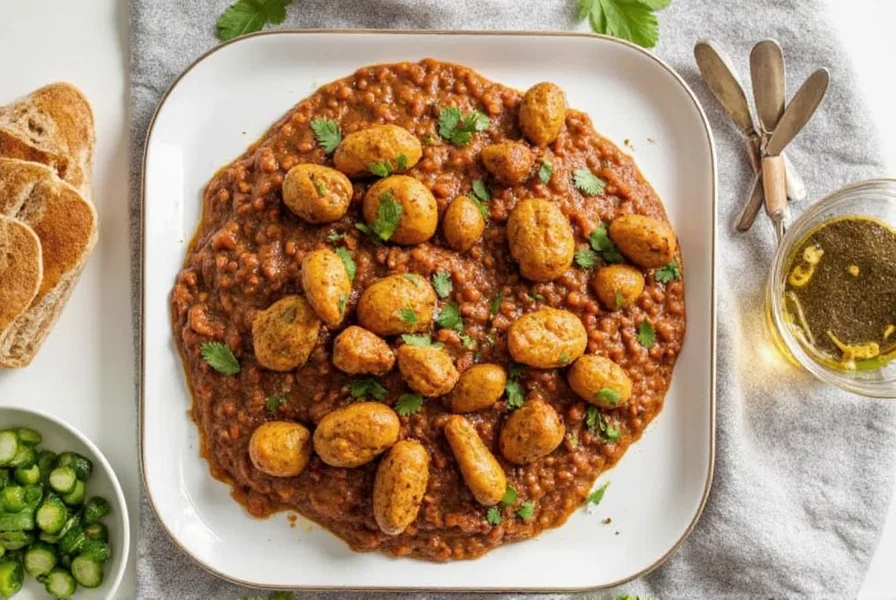
Introduction: Why African Cuisine Deserves Your Attention
African cuisine is often misunderstood or overlooked on the global stage, but behind its vibrant dishes lies centuries of tradition, migration, and adaptation. From the fragrant tagines of Morocco to the fiery stews of West Africa and the comforting porridges of East Africa, each region has its own unique spice palette that reflects geography, history, and culture.
This article explores the heart of African cuisine through its spices — what makes them special, how they’re used, and how you can bring those flavors into your kitchen today.
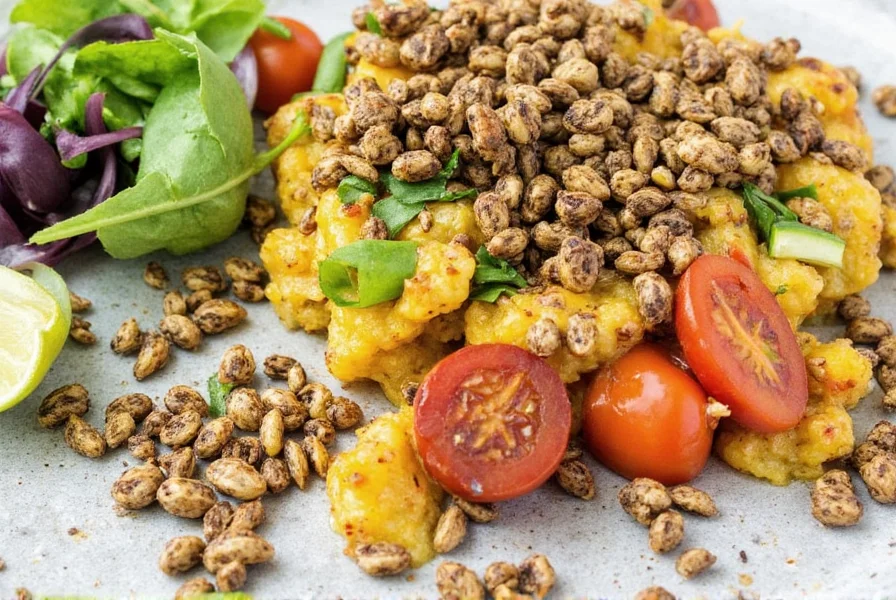
The Historical Roots of African Spices
The spice trade has long been a cornerstone of African commerce. Long before European traders arrived, African merchants were exchanging spices like black pepper, cinnamon, and cardamom along caravan routes that crisscrossed the Sahara and connected coastal cities with inland kingdoms.
- Morocco became a hub for Berber and Arab influences, blending spices into complex pastes like ras el hanout.
- Ethiopia’s use of berbere and mitmita traces back to ancient times when spices were both medicinal and spiritual.
- Nigeria and Ghana brought local ingredients like uziza seeds and calabash nutmeg into their spice blends, creating uniquely West African flavor profiles.
These traditions evolved over time, influenced by colonization, migration, and globalization — yet they remain deeply rooted in identity and community.
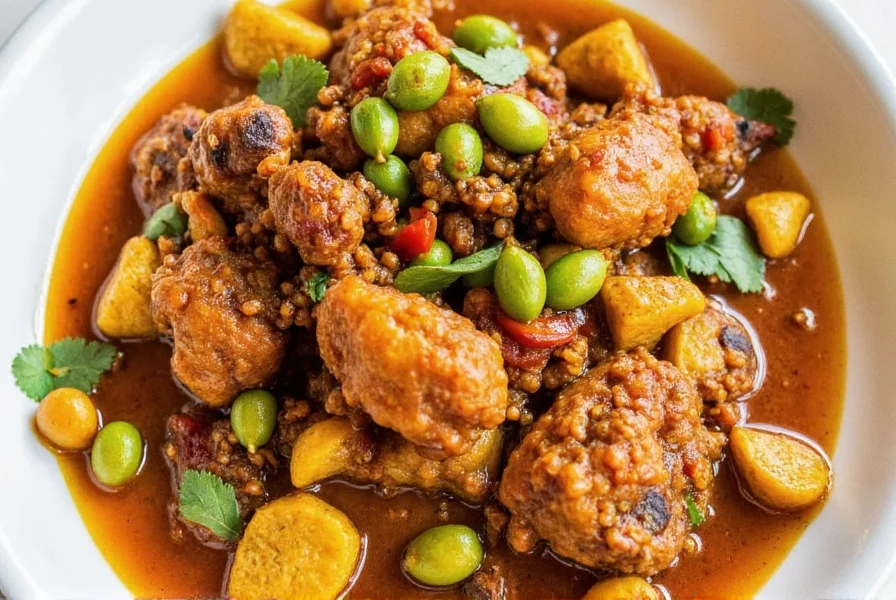
Key Spices That Define African Cuisine
While every region uses spices differently, some stand out as essential to the continent's culinary DNA. Let’s break down the most iconic ones:
| Spice | Region | Flavor Profile | Common Uses |
|---|---|---|---|
| Ras el Hanout | North Africa | Earthy, floral, warm | Used in tagines, couscous, roasted meats |
| Berbere | East Africa (Ethiopia/Eritrea) | Spicy, smoky, aromatic | In injera, stews (doro wat), legumes |
| Suya Spice Mix | West Africa | Smoky, salty, mildly spicy | Seasoning for grilled skewered meat (suya) |
| Uziza Seeds | West Africa (Nigeria) | Pungent, peppery, citrusy | Used in soups and stews like abula and egusi |
| Cubeb Pepper | Central/West Africa | Peppery with a hint of camphor | Historically traded spice; used in traditional dishes |
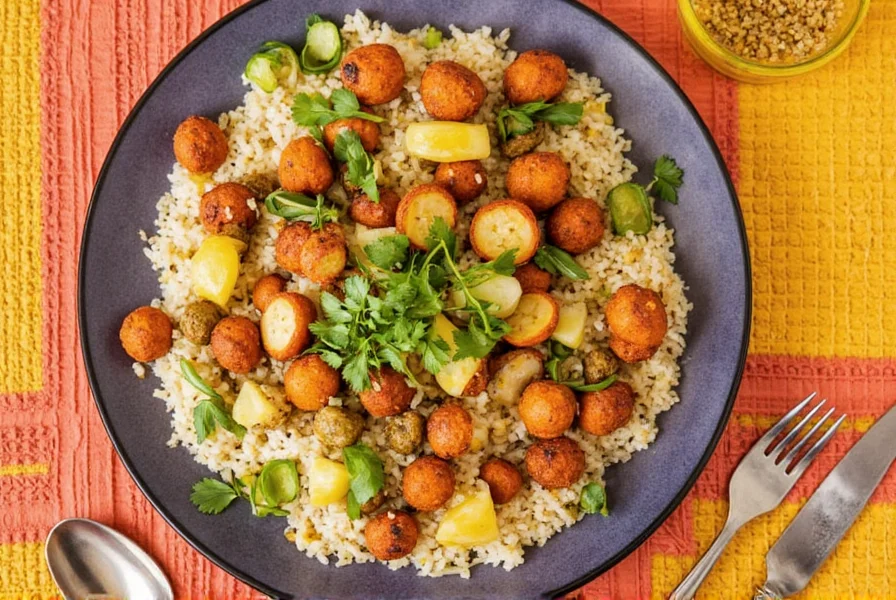
Regional Spice Traditions Across Africa
Let’s take a deeper dive into the regional spice styles that define African cuisine:
North Africa: The Land of Aromatic Blends
Spice blends like ras el hanout and harissa dominate North African cooking. These blends often contain upwards of 20 different spices, including cumin, coriander, cinnamon, clove, and dried rose petals.
- Harissa – Fiery chili paste made with roasted red peppers, garlic, and spices like caraway and coriander.
- Za’atar – Often used in flatbreads and dips, though more Middle Eastern in origin, it’s widely adopted across North Africa.
West Africa: Bold, Earthy, and Full of Personality
West African cuisine is all about boldness. Think groundnut stew, jollof rice, and okra soup — all spiced with locally grown and sourced ingredients.
- Grains of Paradise – Often used as a substitute for black pepper, especially in soups and stews.
- Calabash Nutmeg – Less sweet than regular nutmeg, adds warmth without overpowering other spices.
- Cameroon Pepper – Also known as “grains of selim,” it’s used in soups and broths for its pungent aroma and slightly bitter taste.
East Africa: The Fusion Frontier
East Africa — particularly Ethiopia and Eritrea — showcases a rich blend of indigenous and foreign spices due to historical trade links with Arabia and India.
- Berbere – Signature spice mix with dried chilies, garlic, ginger, fenugreek, and more.
- Nitir qibe – Spiced clarified butter used to enhance many Ethiopian dishes.
- Korerima (Ethiopian Cardamom) – Adds a floral note to stews and breads.
Central Africa: Simplicity Meets Depth
Spice use in Central Africa is often simpler but no less impactful. Dishes feature local greens, tubers, and proteins seasoned with salt, chili, and minimal aromatics.
- Scotch Bonnet Peppers – Key heat source in dishes like moambe chicken.
- Bouillon cubes – While not a spice per se, these are indispensable for building flavor quickly.
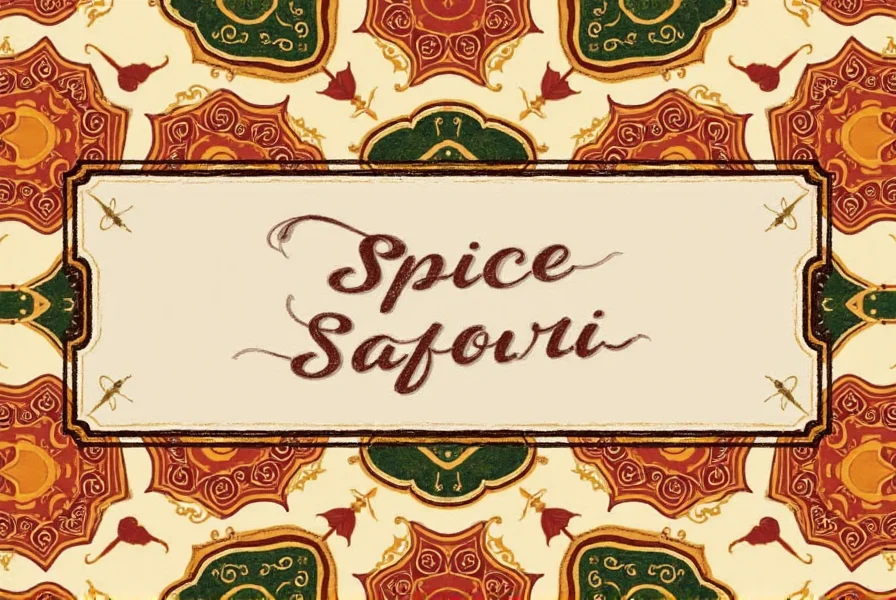
Cooking with African Spices: Practical Tips & Techniques
Ready to spice up your kitchen with authentic African flavors? Here are some easy-to-follow tips and tricks to help you master the basics:
Tip 1: Toast Before You Use
Dry toasting whole spices in a pan before grinding releases their natural oils and enhances flavor. Don’t skip this step!
Tip 2: Make Your Own Spice Blends
You don’t need a specialty store to create authentic African spice mixes. Start with basic pantry staples like:
- Cumin
- Coriander
- Fennel seeds
- Paprika
- Garlic powder
Tip 3: Layer Flavors Slowly
African dishes thrive on depth. Begin with onions and garlic, then add spices gradually, allowing each layer to cook and infuse before adding the next.
Tip 4: Balance Heat and Sweetness
Many African dishes balance spicy elements with sweetness — think tamarind in sauces or dates in tagines. Experiment with raisins, honey, or even orange zest.
Tip 5: Store Spices Properly
Keep your spices fresh by storing them in airtight containers away from heat and light. Whole spices last longer than ground ones.
Tip 6: Use Fresh Herbs When Possible
Fresh herbs like cilantro, parsley, and basil add brightness to heavily spiced dishes. Don’t underestimate their power!
Tip 7: Try Marinating Proteins
Meat, fish, or tofu soak up flavors beautifully when marinated in spice blends like suya seasoning or berbere paste.
Tip 8: Taste as You Go
Spices can be unpredictable. Always taste after each addition and adjust accordingly. Some blends intensify during cooking.
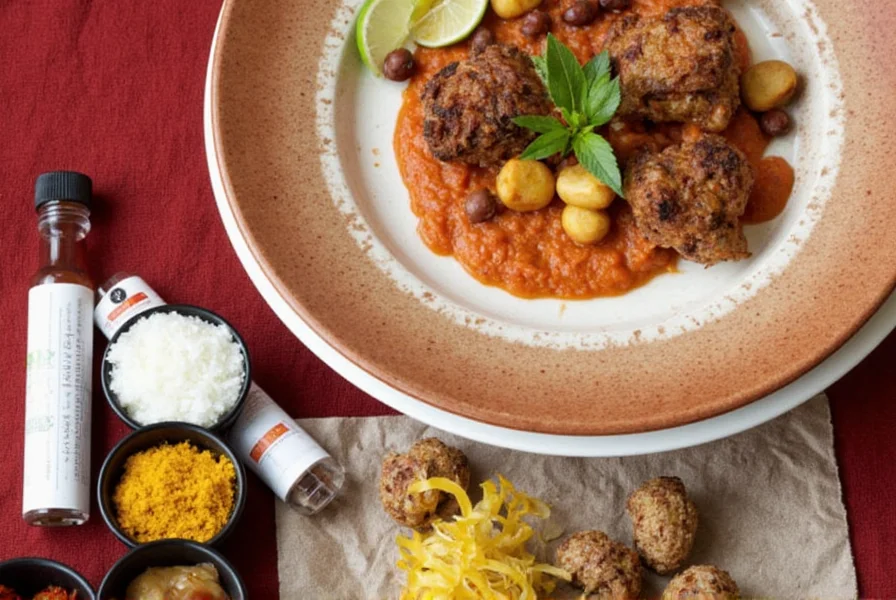
Buying Guide: Choosing the Best African Spices
Whether you're shopping online or at your local spice store, here’s what to look for when buying African spices:
| Product | Features | Advantages | Best For | Occasions |
|---|---|---|---|---|
| Ras el Hanout Blend | Made with premium cumin, cinnamon, turmeric, and cardamom | Complex flavor base for stews and rice dishes | Cooking enthusiasts and home chefs | Weeknight meals, dinner parties |
| Berbere Paste | Traditional Ethiopian recipe with smoked paprika, chili, and spices | Ready-to-use paste saves prep time | Beginners or busy cooks | Weekend cooking, Ethiopian feast nights |
| Harissa Paste | North African style with fennel and coriander notes | Adds instant heat and depth | Spice lovers and Mediterranean food fans | Barbecues, mezze platters |
| Whole Grains of Paradise | Single-origin from West Africa | Unique peppery-citrus kick | Chefs looking for authenticity | Specialty dishes, fusion recipes |
| Suya Seasoning Mix | Includes ginger, chili, and peanut oil | Ideal for grilling and roasting | Backyard grillers and Nigerian food lovers | Summer cookouts, street food nights |
How to Choose the Right Product
- Read Labels: Look for products with minimal fillers and artificial additives.
- Check Origin: Authenticity matters. Choose brands that specify origin and sourcing practices.
- Opt for Organic: Whenever possible, choose organic and fair-trade certified products.
- Buy Small Quantities First: Spices have shelf life, so start with smaller bottles unless you cook frequently.
- Look for Reviews: Online retailers often have customer feedback — check if others love it too.
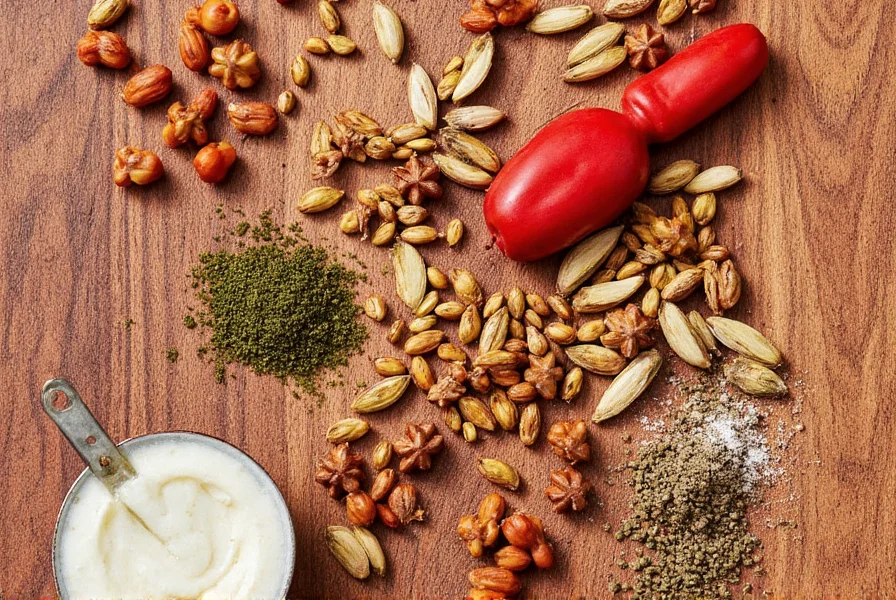
Conclusion: Embrace the Flavor Journey
African cuisine is more than just food — it’s a celebration of heritage, resilience, and creativity. By exploring its spices, we open the door to a world of flavor that transcends borders and tells stories of generations past.
Whether you're grilling suya in your backyard, simmering a hearty stew, or simply trying a new spice mix, remember that the joy is in the discovery. So go ahead — take a spice safari, one pinch at a time.
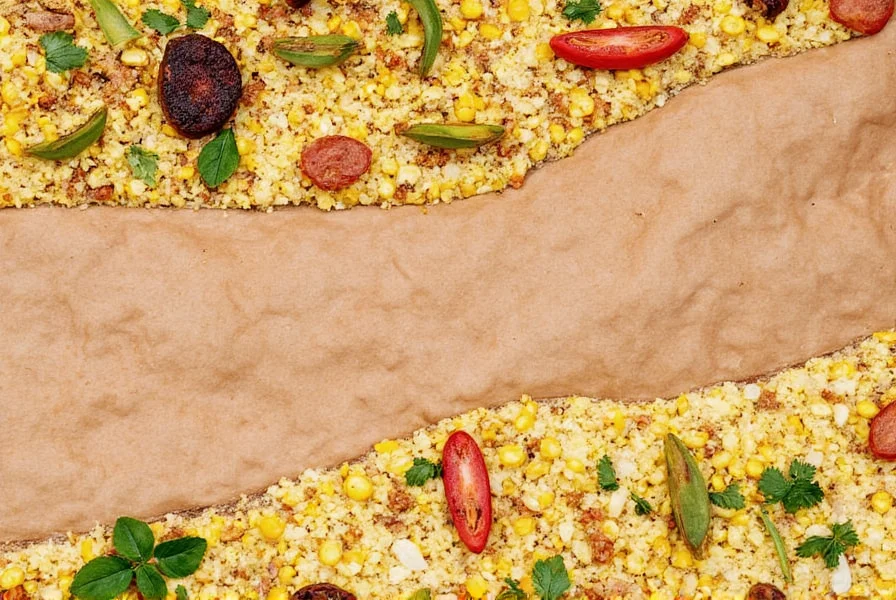
Got a favorite African spice or dish? Share your culinary adventures with us! And don’t forget to pin this post for your next spice-filled adventure.











 浙公网安备
33010002000092号
浙公网安备
33010002000092号 浙B2-20120091-4
浙B2-20120091-4